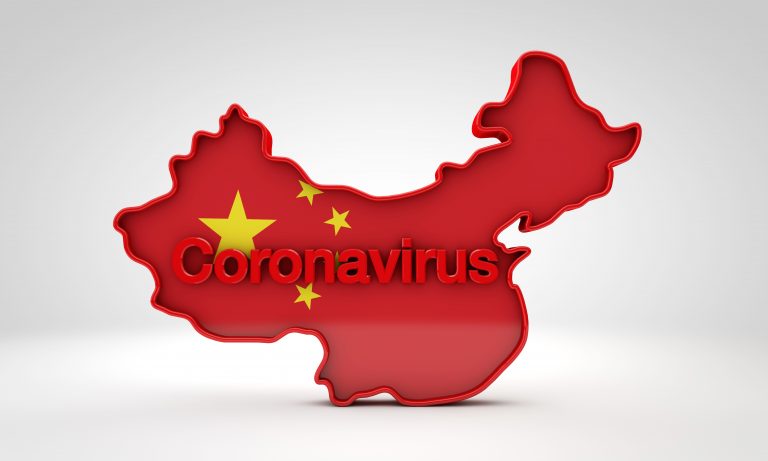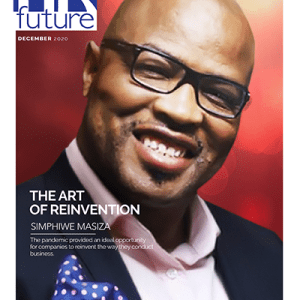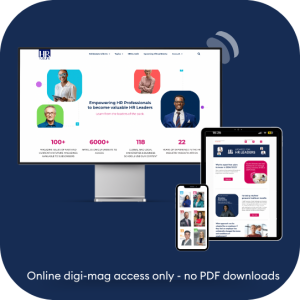The U.S. Department of Labor recently selected ten states to participate in its National Expansion of Employment Opportunities Network (NEON) initiative. These “core states” – New York, California, Hawaii, Colorado, Missouri, Delaware, Kansas, Rhode Island, Kentucky, and Tennessee, along with the District of Columbia—will now be better connected with consulting services, capacity building support, and continued mentoring. The goal? To increase Competitive Integrated Employment (CIE) opportunities for people with disabilities – which simply means increasing the numbers of people with disabilities working alongside people without disabilities.
Advancing Competitive Integrated Employment
CIE is defined as people with disabilities working either full- or part-time jobs that pay minimum wage or more – this is particularly important for people with intellectual or developmental disabilities who often earn less than minimum wage. In fact, underemployment is a serious obstacle for people with disabilities, who typically work part time at a rate of 32% (compared to just 17% for people without disabilities). As long as they don’t exceed income or asset thresholds, such people on low incomes often therefore also qualify for benefits like Social Security Disability Insurance to help them live independently. Moreover, CIE also means employees with disabilities should receive the same benefits as other employees in similar roles, while they should additionally have the same opportunities to advance in their careers.
Comprehensive support
Until now, NEON – a technical assistance initiative by the Office of Disability Employment Policy (ODEP) – has focused primarily on advancing CIE by offering national provider organizations technical assistance from recognized subject matter experts. And now, through the participation of core states, NEON aims to improve state-level policies and systems. Depending on each core state’s unique goals, they’re all set to receive 100 hours of technical help from subject matter experts via both virtual and on-site training – this can include “blending, braiding, and sequencing of funding, strategic planning, and data collection and analysis”. The core states will also have access to various activities, including: monthly training webinars, a national resource inventory designed to increase CIE, and updates on funding opportunities supporting NEON goals.
Supporting people with disabilities
Fortunately, there are many ways HR professionals can support people with disabilities and increase CIE. For example, by making key accommodations in the workplace, people with disabilities will have everything they need to optimize their productivity and thrive. Employees with vision impairments, for instance, typically need larger computer screens and screen-magnification software to make content easier to read, whereas employees who use wheelchairs or crutches may need adjustable desks that can be lowered or raised to meet their needs.
Ultimately, increasing disability inclusion is key to a diverse and innovative workforce. “The addition of 10 core states and the District of Columbia to NEON will help support policymaking and other efforts to make Competitive Integrated Employment a reality for more people with disabilities,” said Assistant Secretary for Disability Employment Policy Taryn Williams. “Now, effective practices used by service providers can support strategies such as blending, braiding and sequencing of funding, strategic planning, benefits counseling, and effective data collection and analysis to promote greater workplace equity.”
HR Future Staff Writer


















